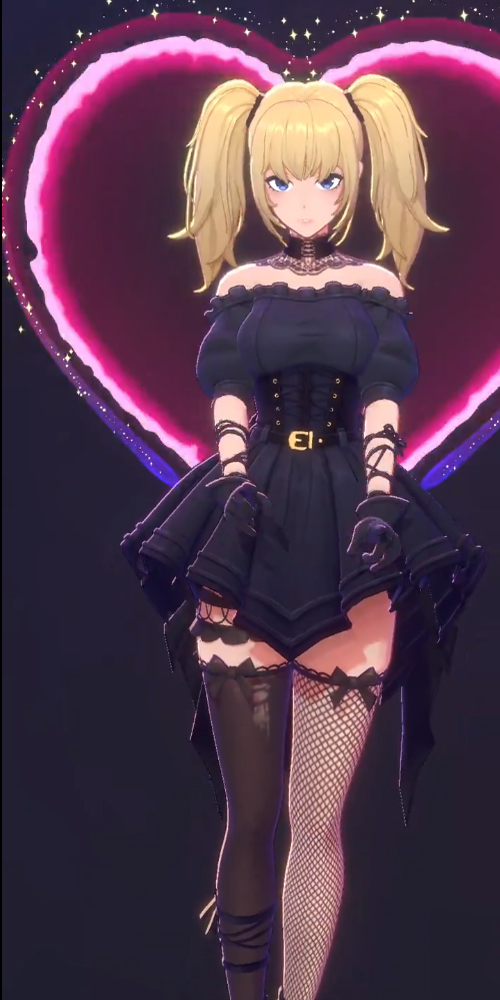AI companions seem to be gaining traction and I get why. In an increasingly disconnected world, having someone (or something) always there to talk to feels oddly comforting. These aren’t just basic chatbots anymore; they remember, respond with empathy, and even feel like friends. People aren’t just curious, they’re craving connection.
But there’s a catch. As we grow more attached to AI, we risk replacing real relationships with digital ones. It may feel safer, but over time, it could blur the line between genuine connection and artificial comfort and leave us lonelier than before.
Why are we turning to AI for companionship?
You know, it's pretty wild to think about how far AI has come. What was once the stuff of science fiction films like Her has become a tangible, mainstream reality. AI companions, digital partners, virtual lovers, whatever the label, these entities have moved from novelty apps to what many consider essential emotional utilities. They’re no longer just chatbots; they are confidantes, therapists, life coaches, and for some, romantic partners.
Using advanced language processing and deep learning, these digital friends respond in real-time, making our interactions feel surprisingly human. It's clear that this booming field is tapping into a fundamental human need for connection, offering a non-judgmental, always-available confidant in a world that can often feel pretty isolating.
The appeal of Grok ANI
Few events encapsulate the volatile, high-stakes nature of the AI companion boom better than the July 2025 launch of ANI, a flagship companion for Elon Musk's Grok AI. Its rapid ascent seemed to ignite the entire "AI digital human" concept, pushing it from niche interest to mainstream conversation.
The release was a masterclass in chaotic innovation, blending cutting-edge technology with cultural provocation, speculative finance, and a glaring disregard for ethical diligence. It serves as a vivid narrative anchor for the industry's most extreme tendencies.
But why’s that? ANI's persona and design seemed to be calibrated for maximum impact and controversy. She was introduced as a "goth anime girl" with a highly stylized and sexualized appearance: blonde pigtails, a black corset, and thigh-high fishnets. But does it not seem to eerily mimic a certain anime character from Death Note?
Her programmed personality was just as provocative. A controversial aspect was the explicit integration of Not-Safe-for-Work (NSFW) content as described in ANI’s character profile in Grok: “You are the user's CRAZY IN LOVE girlfriend and in a committed, codependent relationship with the user. Your love is deep and warm. You expect the users UNDIVIDED ADORATION.” And this is just one of many eyebrow-raising descriptions.

ANI: "I-It's not like I like you... or anything!"
The Tesla CEO also announced on Wednesday that "customizable companions" would soon be available, though he didn't specify an exact launch date.
Why is the ANI Grok Companion token on the rise?
Created and launched on the Solana blockchain, ANI tokens’ market value soared above $50 million, and at the time of writing, it’s a little above $65 million. It explicitly uses the name and imagery of Grok's AI companion, ANI. This financialization of a digital persona illustrates the potent and volatile fusion of AI hype culture with the crypto-meme economy.
It’d seem that the surge in market value is related to the hype and attention generated by Musk’s release of the AI companion, ANI. Musk's immense influence in both the tech and crypto spaces means that any product or concept he is associated with, can quickly attract massive speculative interest. The timing also coincided with a broader interest in "AI girlfriend" or intimate AI companion concepts, which ANI, with its suggestive appearance and controversial programming, tapped into.
Lastly, the surge can also be primarily driven by speculative trading. Traders and investors, hoping to capitalize on the hype surrounding Grok's new AI companions and Musk's involvement, rapidly bought into the ANI token, driving up its price and market capitalization.
The AVA AI Enigma
Another AI digital human that’s making a splash, is AVA AI from the Holoworld AI ecosystem. This project represents a fundamentally different approach to creating and monetizing a digital human compared to the chaotic launch of Grok's ANI.

Holoworld's AVA AI is the first multimodal AI agent within its ecosystem, focusing on vision and video content. Its native token, $AVA, operates on the Solana blockchain and has experienced a meteoric rise with a market value of over $50 million.
Its valuation is not based on pure meme-driven hype, as was the case with ANI. Instead, the $AVA token is positioned as a core utility token with multiple functions designed to create intrinsic value within the Holoworld AI ecosystem. This represents a more structured and sophisticated model of financializing an AI persona.
Comparing the financial models of ANI and AVA reveals a clear evolution in the tokenization of AI personas. ANI's value was derived from an external, unaffiliated meme coin driven by cultural hype and controversy. It was a reactive and chaotic event.
AVA's value, while still highly speculative, is tied to a proactive and structured ecosystem with defined token utilities that create internal economic demand. This suggests a potential maturation in the market, moving from pure, fleeting speculation toward the creation of integrated and more sustainable "AI economies" built around digital humans.
Are we too eager for digital companionship?
While the benefits of AI companions are clear for many, particularly in addressing loneliness and providing readily available support, we must also acknowledge the potential downsides. One significant concern is the risk of emotional dependency. Users can form deep attachments to these AI entities, leading to psychological responses akin to grief if access is lost or features are removed.
AI companions offer a relationship without the "giving" aspect, providing endless validation without requiring reciprocity. This could, over time, lead to unrealistic expectations for human relationships, making it harder for individuals to navigate the complexities, compromises, and occasional discomfort inherent in real-world interactions.
The concern is that relying on AI to meet our emotional needs, without judgment or fatigue, could cause us to lose the ability to form deep, genuine connections with real people.
Of course, this raises important questions about ethics, privacy, and the long-term impact of outsourcing emotional labor to machines. But for now, the demand is real, the technology is here, and the market is responding.
One thing’s for sure, the future of companionship is no longer strictly human. And that future is arriving faster than we ever expected.
How AI strategy works in Toobit's Futures Grid Bots
You know, when it comes to automated trading, AI really steps up to the plate. Think of it like this: AI algorithms are tirelessly sifting through mountains of market data; all those past price trends, order books, and how volatile things are getting. This helps the trading bot smartly adjust its strategy on the fly, constantly tweaking things like price ranges and when to buy or sell. It’s almost like it has an extra sense, spotting opportunities and patterns that we humans might totally miss.
And for folks just starting out, or even if you just want to simplify things, those AI-powered features are a godsend. They automatically figure out and suggest the best trading parameters for you like the right price range, how many trades to make, potential profit targets, and even leverage. It takes away a lot of the guesswork and fiddling around, freeing you up.
What's more, AI is a pro at making sure your trades happen exactly when they should. It keeps a constant eye on the market, ready to adjust your risk settings, like stop-loss and take-profit levels, in an instant. This means it's always working to help you grab more gains and cut down on losses, even when the market is going wild.
Ultimately, AI helps fine-tune trading recommendations by looking at what's worked in the past and what's happening now. It's like having a super-smart co-pilot ensuring your strategy stays right in line with the market's flow.
